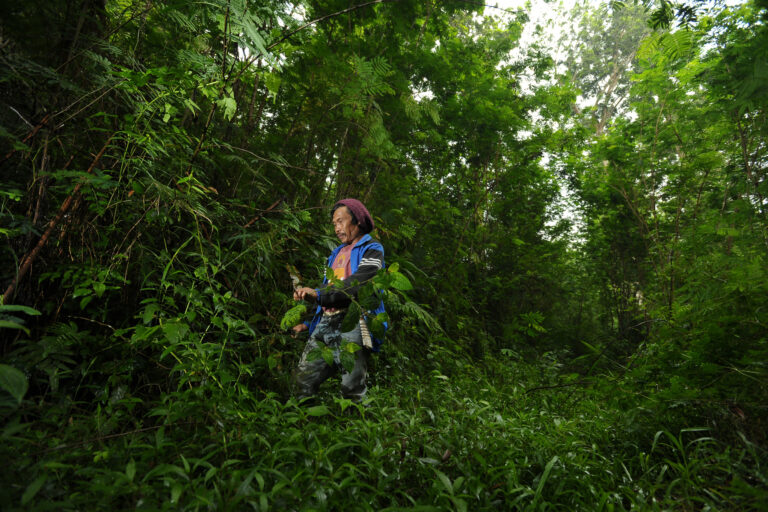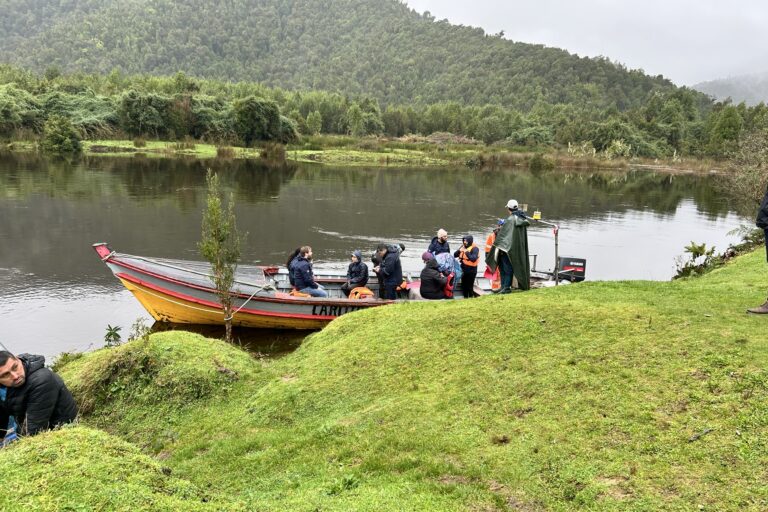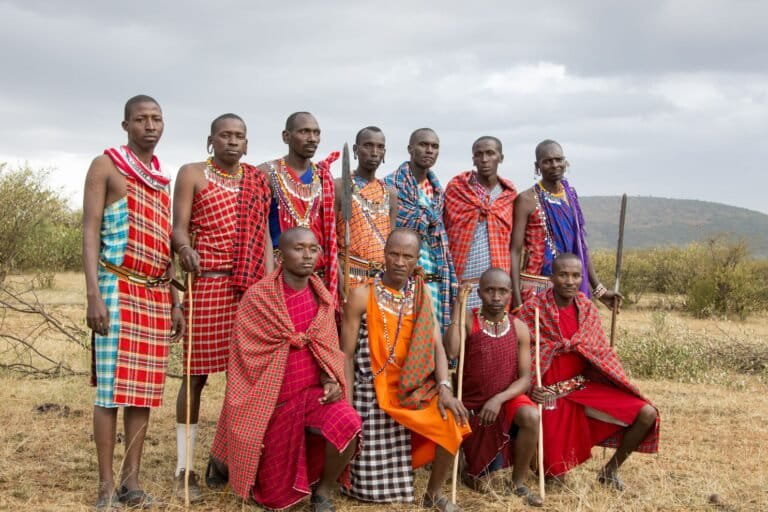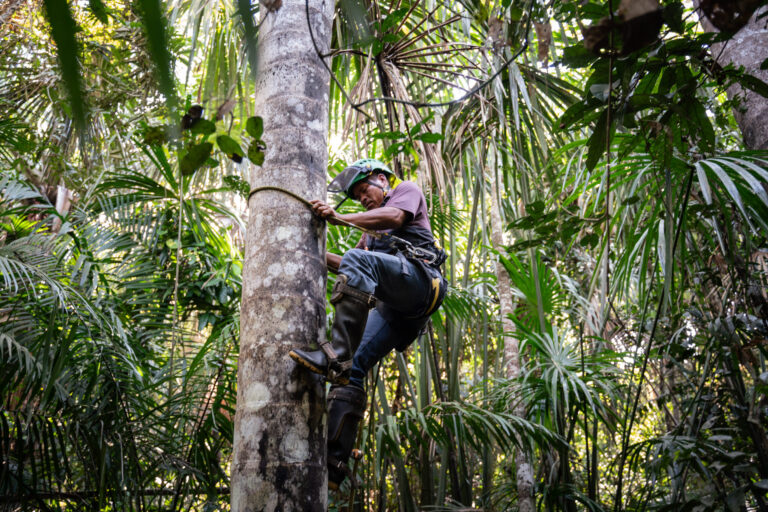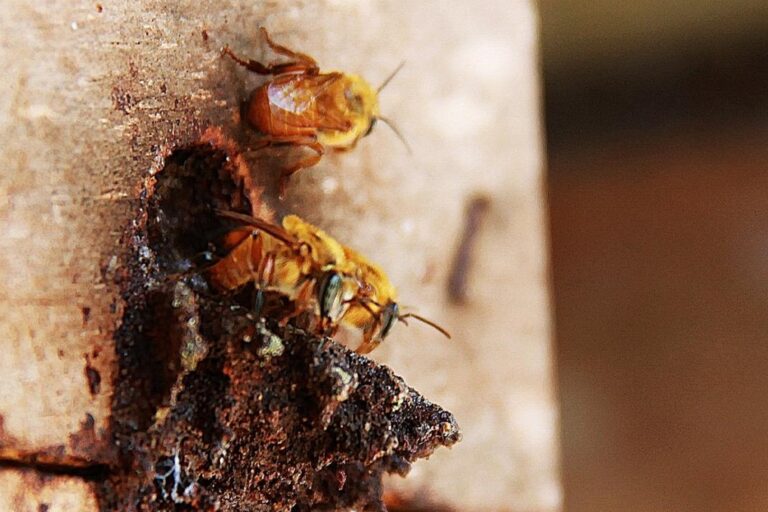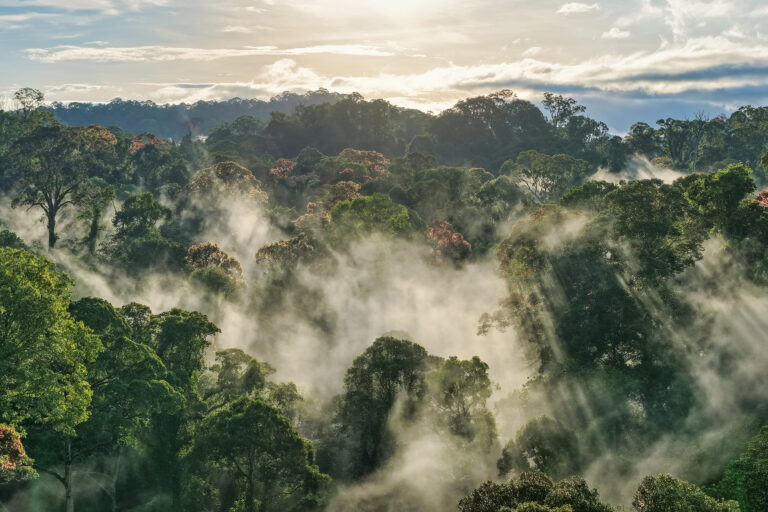- Wild orchids are collected for their beauty and are also used in traditional foods and medicines. This demand has left the plants prone to illegal trafficking.
- Despite having some of the best legal protections afforded to plants, wild orchids remain under immense threat globally for the illegal trade.
- While many orchids sold online are grown in greenhouses and have proper documentation, wild orchid traffickers are increasingly poaching the plants from protected forests, posing grave risks to the impacted species.
- There is often an overlap between legal and illegal online orchid sales, sometimes involving the same platforms, buyers and sellers, and little enforcement to prevent illegal transactions.
Reports of illegal trafficking in elephant ivory or rhino horn abound, but plants are actually more frequent victims of the illicit trade than wildlife. In fact, roughly 30,000 of the 35,000 species covered by the Convention of International Trade in Endangered Species of Fauna and Flora (CITES) are plants.
Orchids are especially vulnerable to illegal trafficking due to their beauty and popularity. The nearly 30,000 species of orchids make up roughly 10 percent of the Earth’s plant species, yet represent more than 70 percent of the species listed on CITES.
“It’s really an orchid convention,” Amy Hinsley, a postdoctoral research associate and fellow in the Oxford Martin Programme on the Illegal Wildlife Trade, told Mongabay. She recently published a report that outlines the impact of the internet on the orchid trade.
On one hand, it’s become easier to track the illegal trade now that it’s online, according to Hinsley. In the past, a researcher needed to go to orchid shows to find out what was being traded. Online, Hinsley can visit websites, look at postings, and sometimes observe the interactions between sellers and buyers in comments or on message boards. But on the flipside, the internet also allows illegal traders to access global markets much more easily.
Technologies that speed information transfer in mainstream commerce also allow traffickers to use the internet to deliver products more effectively, receive payments, encrypt communications, or thwart law enforcement agencies through digital attacks. In the case of wild plants, traffickers can identify and map the locations of target species through online databases and then advertise sale of those species. Both information collection and dissemination can be done remotely, lowering the barriers to entry into criminal markets.

Hinsley has found illegally harvested orchids on sites like eBay and other popular websites and social media platforms. According to her report, these illegally harvested orchids can sometimes be found under certain hashtags, like #Paphiopedilum (a genus of tropical Asian orchids known as Venus slipper), #orchidforsale, #jungleorchid and #wildorchid. Representatives for eBay could not be reached for comment by the time this story went to publication.
“There are numerous examples of orchid species being harvested to near or extinction,” Hinsley said. One such example is Paphiopedilum canhii, a species that was discovered in Vietnam in 2010 and was subsequently nearly wiped out by over-collection. According to Hinsley’s report, “The rapid collection of more than 99 percent of all known plants within just six months of the species’ discovery was linked directly to the internet. In particular, the spread of pictures on social media fueled this intense demand and allowed collectors to locate wild populations.”
Lackluster online enforcement measures
The problem of online orchid trafficking is not helped by the fact that websites don’t seem especially interested in taking down illegal postings, according to David Roberts. An associate professor at the University of Kent who studies trafficking in wild species, including orchids, Roberts says he’s been in touch with eBay to report illegal sellers, and none of them have ever been taken down.
“The resources they put in to stop the ivory trade is little to nothing, so they’re not going to do much for orchids that I can see,” he said.
Legality can be a tricky subject in general. The cost of a CITES permit can be prohibitive, leading sellers to sometimes ship otherwise legally grown or harvested orchids internationally without one. “You’re potentially getting illegal trade occurring in things that aren’t wild-collected but it’s illegal because they’re not having permits,” Roberts said.
It’s also not always easy to tell if an orchid being sold online is legal or illegal, especially for hobby collectors without much experience. However, there are a few ways to tell. One is if the species being sold is listed in CITES Appendix I, for which commercial trade of wild-harvested species is prohibited. (There are also some species on Appendix I that can be found in a regular garden store because they were not wild-collected.)

Another is if it says “wild-collected” or if it’s a new species that wouldn’t have had time to grow in a greenhouse. For example, Paphiopedilum papilio-laoticus, discovered in Laos in June of this year, needs a minimum of 22 months and up to 66 months to produce a plant that meets the CITES definition of “artificially propagated.” Yet in her report, Hinsley says it has already been found for sale online, which means it couldn’t have been cultivated and must have been illegally harvested.
Hinsley’s report also says the offer of “worldwide shipping” can be a clue, because most of these plants need CITES permits to be shipped internationally, and when prices are low, it’s unlikely that the plants have a permit.
Roberts said photos could help: if they show microflora growing on the leaves, the plant was probably wild-harvested. Additionally, photos of plants with broken or damaged roots or with leaves or flowers that show signs of pest damage are evidence of possible wild harvesting.
Who profits?
The beneficiaries of the online trafficking in wild orchids are diverse.
In China, many harvesters are poor farmers digging up plants and selling them to intermediaries. In Indonesia, middle-class and rich people enjoy jungle adventures that involve collecting and selling orchids. Some operations function as organized crime, where collectors send their own people into the jungle.
Of course, it comes down to money. Rare plants can fetch a higher price, and operating on the black market lowers costs. It may be cheaper to pick an orchid in the wild than grow and harvest it in a greenhouse, and cheaper to export it without proper permits.

These lower prices can also lead buyers to unwittingly purchase illegally harvested orchids. Many do so knowingly, and some cite conservation as a justification.
“People hear about deforestation and think ‘I have a good greenhouse so I can save them,’” Hinsley said. “They think about themselves as conservationists.”
This was the case for Brian, a 25-year-old from Manila, who asked Mongabay not to use his last name. He said he found a Ceratocentron fesselii, the most endangered species of orchid in Southeast Asia, online for under $10 and initially considered buying it, thinking he could give it a good home.
“I think I wanted to get it because I thought I could raise it and propagate it,” he said. “It’s a nice dream to have I think, as a budding plant enthusiast, to help save the species.” In the end, he opted not to buy it, saying that by buying it, he felt it would just raise demand and encourage the seller.
A world of orchids
Orchids are found around the world, everywhere from the forests of Southeast Asia to the meadows of the United Kingdom. This can make it difficult to say with certainty what effect the decimation of populations of particular species will have, because there is such a variety of species and habitats, many of which have not yet been properly studied.
Kingsley Dixon, an orchid expert and professor at Curtin University in Perth, Australia, said the value orchids provided was not to ecosystems but to people. “The trade is not so much about what you do to the ecology,” Dixon said, “but what you do to the social value of that ecosystem.”
Orchids have woven themselves into human cultures throughout history and are used in traditional medicines, food, and for weaving among certain groups. Losing certain species could threaten these traditions and the people who engage with these traditional products. That said, the use of orchids in food and medicines also contributes to the over-harvesting.
One thing that is known is that orchids are an important indicator species and can tell scientists about the health of an ecosystem, as they tend to be some of the first species to disappear when conditions deteriorate.
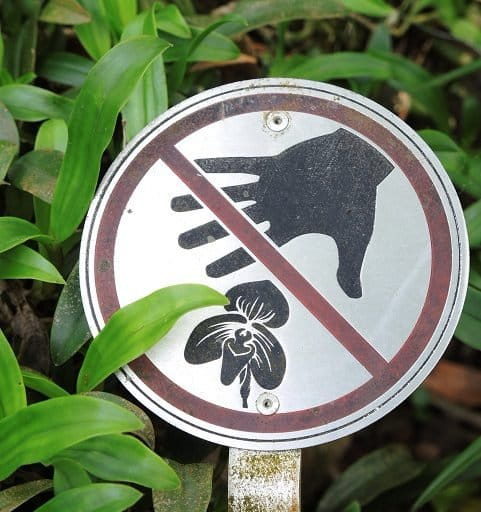
“Orchids are like the canary in the coal mine,” Roberts said. “You remove the canary and you can still mine, but one day the gas will build up and you won’t know.”
More broadly, the decrease in biodiversity as species die out in forests changes the surrounding ecosystem.
For example, orchids have symbiotic relationships with other species, such as orchid bees (Euglossine). The male bees use chemicals from the orchids to create a scent for mating with females. The bees also pollinate Brazil nut trees, so potential declines in orchid bee populations associated with declines in orchid populations would affect Brazil nut trees.
Orchids also have a symbiotic relationship with fungi, from which they draw nutrients. Some of these orchids have “leaky” roots and provide sugars to the fungi. However, other orchids are so lazy that they don’t even photosynthesize and don’t seem to offer the fungi anything. There are also ants that live inside certain orchids, but it’s not known whether these ants are specific to the plants.
Banner image: Wild orchids still attached to tree branches, for sale in a street market in China. Photo courtesy Amy Hinsley.








